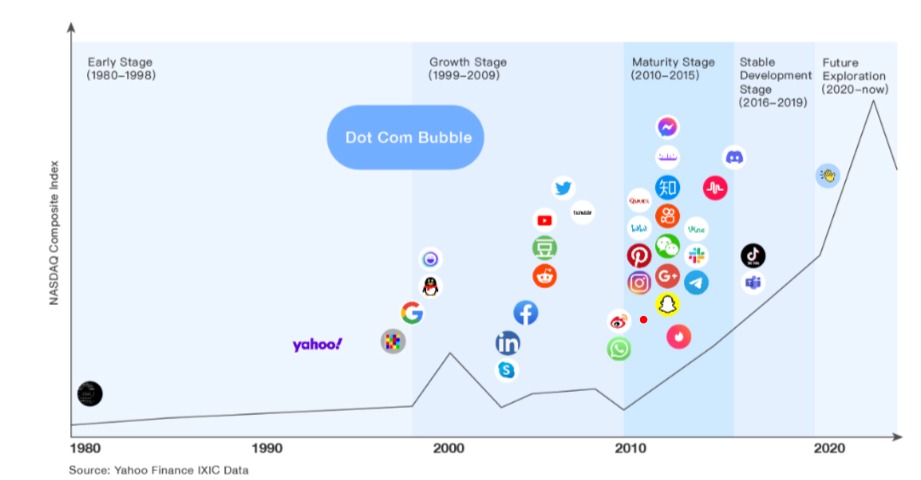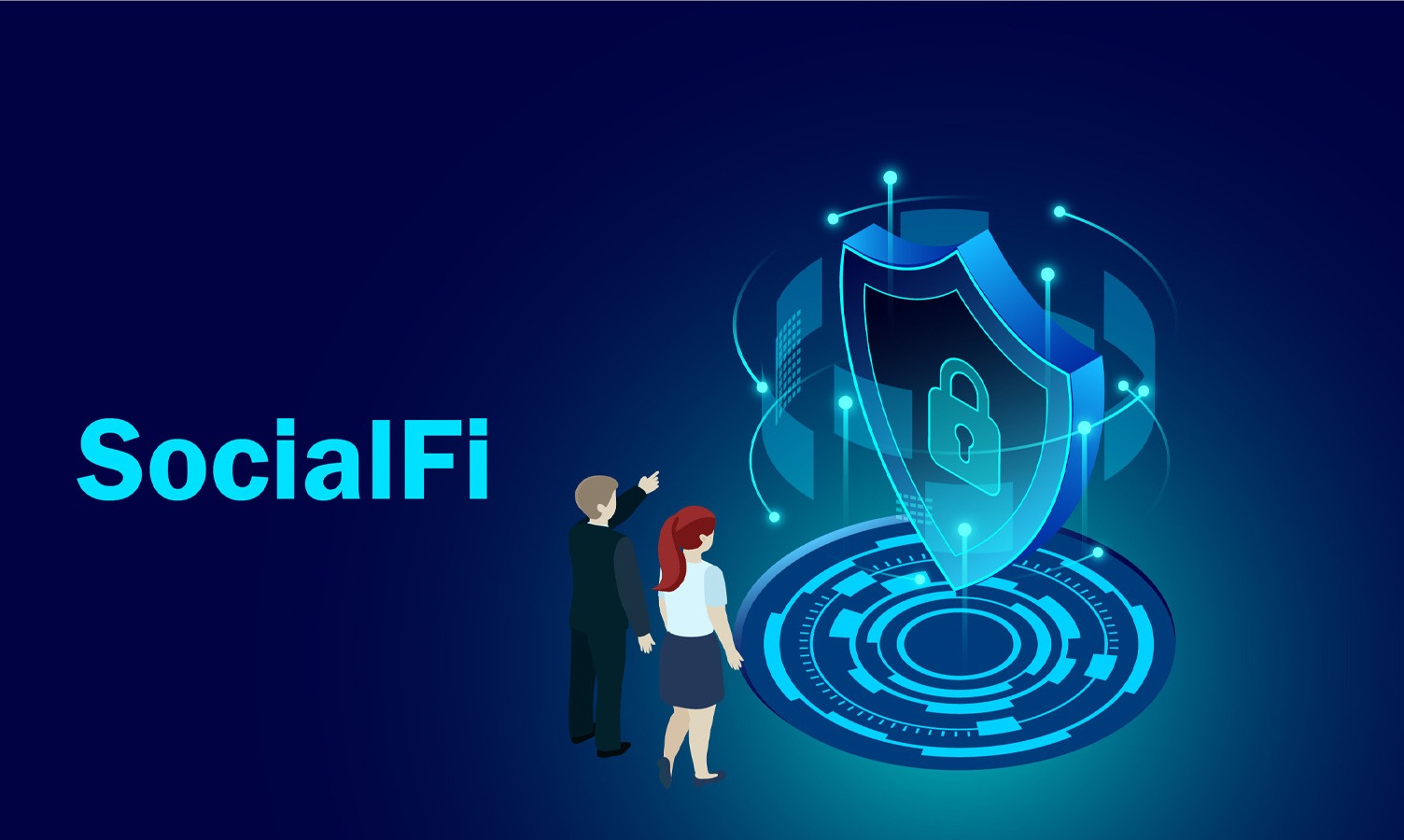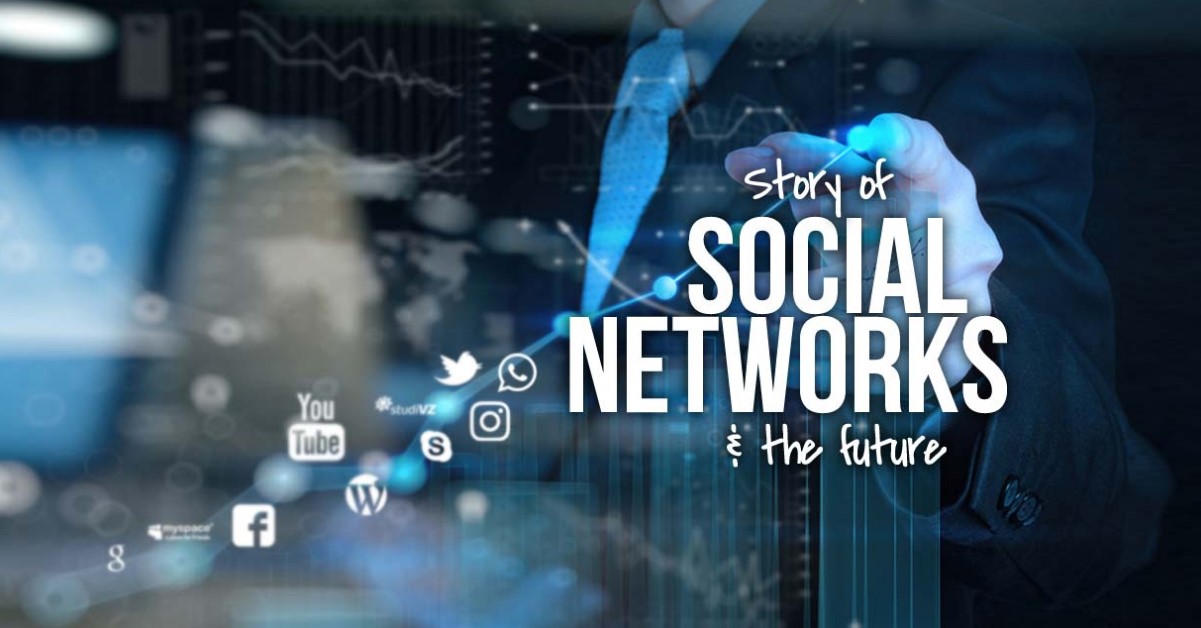Today, Social Network has become an indispensable part of everyone’s daily life, especially young people today. However, how does Social Network develop? Which paths towards web3? Let’s find out together!
The stages of Social Network development

According to some recent reports, there are up to 5 billion active social network users, accounting for more than 55% of the global population. This shows the huge coverage created by Social Network platforms. Now, let’s take a look at the stages of Social Network development from its formation to the current stage:
First stage – Newly formed (1980 – 1998)
This was also the beginning of the Internet, the era of desktop computers, online forums such as BBS, Yahoo web portal and Google search engine. All of them provided services for users to interact with each other and help users search and retrieve information on the Internet.
This time was still a fairly primitive stage of Social Network.
Growth stage (1999 – 2009)
During the PC era, personalized websites such as blogs and personal home pages became popular. Users can share personal information, life moments and contacts, share with friends, thereby expanding their social circle.
Social networking sites became mainstream as offline identities and relationships were brought online. This period was also the appearance of Facebook, Twitter, etc. and turned them into one of the leading social networking platforms in the world today.
Maturity stage (2010 – 2015)
This is the period of 3G smartphones, causing the demand for social networks to skyrocket. This period also witnessed a large number of social applications appearing. The features of Social Network platforms were gradually perfected and became a bridge connecting social life and real life.
Stable development stage(2016 – 2019)
In the 4G era, entertainment industries and businesses have taken full advantage of the power of social networks. People can be both consumers and content creators. The social product sector tends to consolidate while mainstream products dominate the market.
This period of rapidly increasing Internet speeds has also opened up emerging areas such as live broadcasting, mobile gaming, and wider access to short videos, typically the rise of TikTok.
Future exploration phase (2020 – present)
This is the stage moving towards the 5G era, where the next generation of social media is still being developed. 5G speeds, greater capacity and even lower latency, are being combined with technologies like the Internet of Things, blockchain and AI.
We will soon realize the connection of all things and bring people into an intelligent interactive network, which will completely change the way we integrate and interact on social networks.
With lightning-fast Internet speeds, content shared on social networks also increases exponentially. Rich and interactive information using VR and AR is expected to replace text and images and become the next means of information consumption for social platforms.
In general, we can see that the important reason impulsing the development of Social Network platforms comes from upgrading network hardware infrastructure and developing mobile communication technology.
From PC To Smart Phone devices and from 3G to 5GF, social features have rapidly improved from messaging to personalized content creation and social monetization has gradually become a method of marketing, new approach of the young generation at the present time.
The development of Social Network web2 features
- The development of social methods: Messaging → image sharing → voice communication → video social networks (such as short videos and live broadcasts).
- The development of the social sphere: One-to-one (IM) → One-to-many (such as online forums and Blogs) → Many-to-many (such as communities and groups).
The development of Social platforms is continuous, but we can also see that the leading Social platforms have built a very solid position at the present time, accounting for the majority of the market share and it is difficult for them to new products gain market share.
Social Network platforms at the present time also pay great attention to community building. As more and more users continuously join, Social Network platforms also create different community groups based on user interests to increase customer loyalty.
SocialFi – a new era in the web3 world

Data is one of the important means of society today. In the near future, it can also be leveraged to boost productivity for Social Network platforms.
The biggest difference between web3 and web2 is ownership and ownership flow. In web3 social networking platforms, everyone will have absolute control over their data. This is a decentralized way of socializing.
SocialFi is a new application product based on the basic infrastructure of Web3, starting from people’s need for a decentralized society or decentralized finance (DeFi), then merging the two needs. The combination of decentralized social networks and finance can create new business models in the wave of the global digital economic system and change the way users interact with each other on social networks.
We see two core differences between web3 Social and web2 Social as follows:
- Societal need: Traditional Social web2 platforms will highlight the influence of the platform, while Social Web3 platforms will highlight the social influence of individuals, promote the development of personal interests, and release the enthusiasm of Each participant contributes to platform development.
- Financial need: In Social Web 2 platforms, these platform use custom advertising and recommendation algorithms to monopolize the majority of revenue, while content producers only receive a small portion of revenue from it. In Social Web3 platforms, through social activities (such as: creating Posts, videos, comments and likes), user can:
- Receive asset, token (ERC 20, ERC 721, ERC 1155…)
- Gain privileges in the Web3 world, like voting rights and participating in the project whitelist.
- Help users grow as KOLs in the Web 3.0 world and possibly become KOLs in the real world, then build a fan economy through personal branding (clothing, music, selling goods…) and earn prestigious income (book publishing, speeches, guest appearances…).
The Future of SocialFi
Social Network Web3 can solve the problems of data ownership, data privacy, and profit distribution in Web2 social networks. In the Web3 wave, users can own their content without relying on a centralized platform but requiring more infrastructure, such as:
- DID (Decentralized identity system): Provides data ownership and data privacy for users based on Blockchain technology. Under the DID framework, people can have a digital identity that contains all the information and can be managed without the need for a third party instead of multiple digital identities provided by multiple centralized platforms.
- SBT is based on Vitalik’s idea – a decentralized society (DeSoc). SBT, also known as non-transferable NFT, is a digital asset that is permanently tied to a wallet address of a specific individual. This helps build an on-chain identity tied to the user’s wallet address and opens up countless different applications such as unsecured loans…
Summary
Social Network is an indispensable part of users’ daily lives in today’s society. With the appearance of SocialFi, it is gradually changing the way users experience and interact on social networks.






